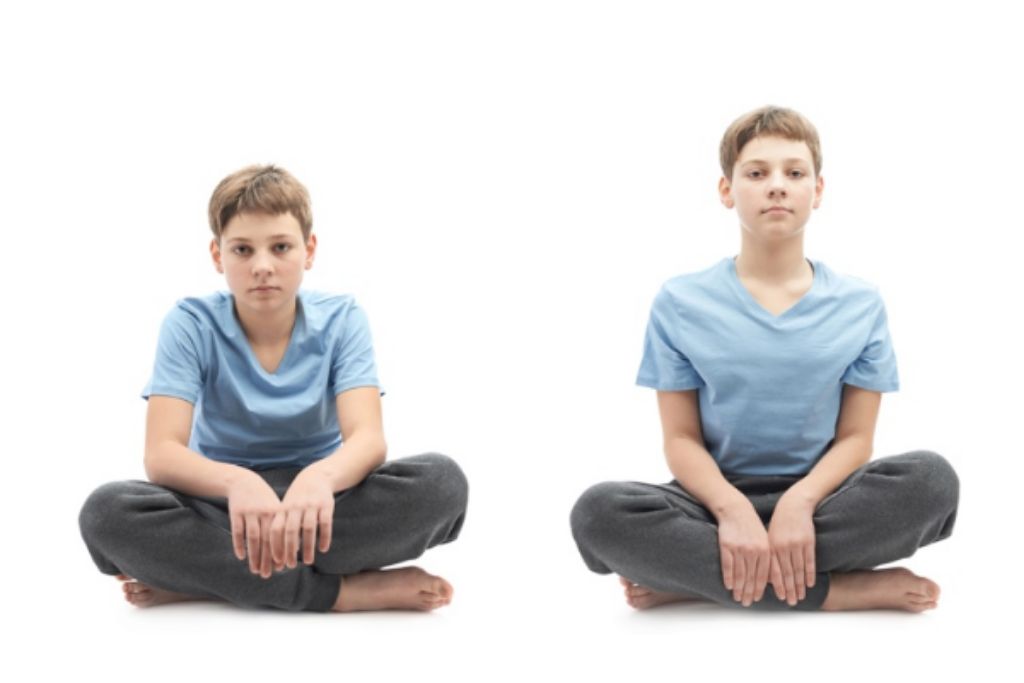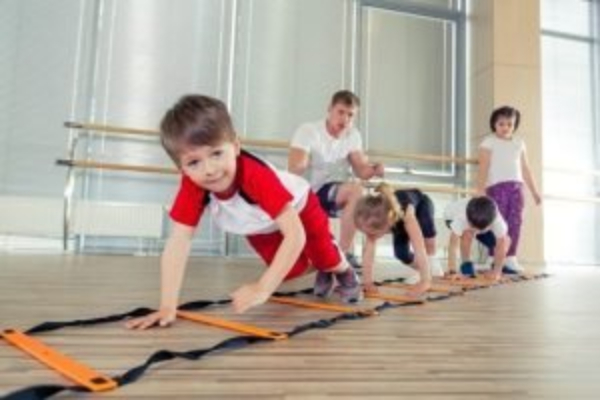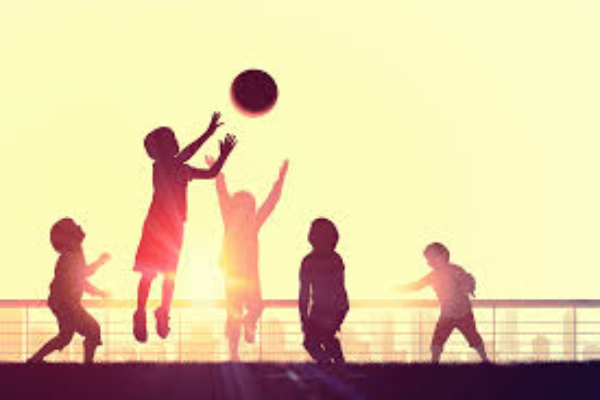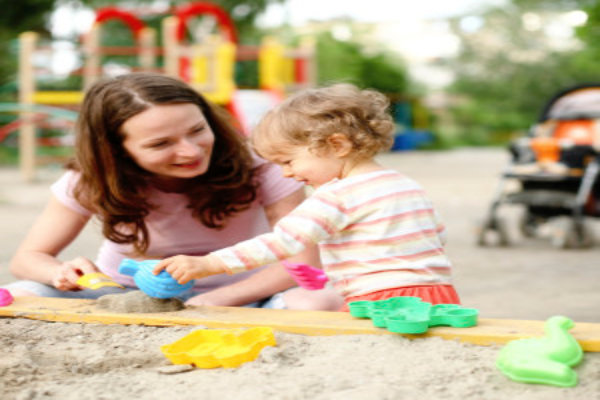How To Teach Your Kids Good Posture

How To Teach Your Kids Good Posture
How many times do you remember your parents screeching at you to “sit up straight!” when you were a kid? And how often are you now saying the same thing to your own kids?
Poor posture often starts early in childhood. Muscles will eventually form in a certain way around growing bones to such an extent, that it may need extensive posture retraining in adulthood to correct the problem.
Alarmingly, one leading study of 3,520 children in the Czech Republic found that 38 per cent of kids aged seven to 15 years, were classed as having poor posture, and that boys had bad posture more frequently than girls.
Sydney-based former Pilates teacher Dell-Maree Day has made it her lifelong mission to help people correct their bad posture – which has often originated in childhood. Known as Australia’s leading posture expert, Dell-Maree has now created an online program called The Invisible Exercise (TIE).
“It’s so important that kids develop good posture habits when they’re young,” says Dell-Maree. “Kids are placing real strain on their growing bodies by hunching over and slouching. The more you do this, the less your body will work efficiently as your body won’t oxygenate as efficiently or function well to its full capacity. This can then create real problems the older you get.”
Dell-Maree has shared her favourite tips on how to encourage good posture in your kids.
Show your kids how to sit in a chair
Firstly, make sure whether they’re sitting at a dining table or at a desk that your kids are positioned at the correct height. Either use an adjustable chair or add a seat booster. The height of their elbows should be at table height. If they are working at a computer, laptop or Ipad, position the device at eye level, propped up on some books if it is too low so their eyes are looking directly at the top third of the screen so their neck and shoulders aren’t pulled downwards.
Ask them to look straight ahead whenever possible and request they sit “as tall and relaxed as possible”. Saying the word “tall” instead of “straight” is essential. I try to avoid saying the word straight altogether as both adults and kids will tend to over extend and exaggerate as to what they think straight means. The aim is for kids to practice a natural position, not one that will make them sore within minutes.
Get kids to stand tall
Unfortunately, you’ll have to do a fair bit of reminding to get kids into the habit of standing better as many kids will want to slouch and slump whenever they can! Again, say to them, “stand tall and relaxed”. If they have a mobile phone, try to make a rule for them not to look at it when they are standing around. Looking down at a phone will hunch their neck and shoulders forward and there have already been reports that kids are now developing “text neck” as a result.
Instruct them to look straight ahead, stand tall with their feet about 10cm apart and to avoid hunching. By doing this, their shoulders, upper and lower back will relax into the correct position.
Walk well without strain
When your child reaches school age, it’s important to check the weight of the school bag. Backpacks are best. Make sure both straps are equal and don’t let your kids carry the bag on just one shoulder. If the bag is heavy then the weight need to be supports by both shoulders to reduce the stress levels. Regularly go through the bags and make sure they are not carting around unnecessary items such as unread books or heaps of junk!
Advise them to “walk tall” and aim for longer, rather than shorter strides. Long strides will extend hamstrings. The tighter and stiffer your hamstrings, the more your back will be hunched forward.
Stretch out
Kids love to curl up in the foetal position however getting them to lie flat on the floor or their bed now and then is a good way to de-kink their backs. Ask them to lie flat and push their shoulder blades into the floor for a few seconds.
When they get up in the morning suggest they have a good stretch with their arms pointing to the ceiling with their palms flat. This will get the blood pumping and extend their spine after a night’s sleep in numerous odd positions!
Other ways you can help:
Lead by example
Children learn a lot by observation. If their parents are continually hunched over, it’s won’t exactly be an inspiring sight! Practice all the good posture suggestions yourself and your modelling will have a positive effect. Also remind yourself out loud to “sit up tall Mummy”, when you find yourself slumping so they hear you self-correcting.
Praise your child
Kids need positive reinforcement. Notice when your kids are sitting up well and praise them for their efforts. Berating them about their “terrible posture” won’t do much for their self-esteem or help in correcting the problem. A simple “sit tall” is sufficient to get the message across.
Explain why good posture is important
Your children might not be willing to follow your suggestions about good posture if they don’t understand the benefits. Talking to your kids about why good posture is important can help in the long run and reinforce the ideas.
The Invisible Exercise is a 10-week course shows you how to correctly use all 639 muscles in your body by mastering 10 key poses that will strengthen your body. It also helps create new muscle memory, re-aligning muscles to their correct positions.
Πρόσφατα Άρθρα

Act Like An Animal, 13 Moves to Help Your Child’s Gross Motor Development
Act Like An Animal, 13 Moves to Help Your Child’s Gross Motor Development
Bring the zoo to you! No, we don’t mean you should adopt dozens of wild animals. Instead you can use animals to pra...

Get Moving – Tips on How to Encourage Kids to be Physically Active
Did you know that the Physical Activity Guidelines for Americans recommends that children be active for sixty minutes every day? Kids need at least that much time to let loose and unwind from schoo...

Sand Play: Nature’s Etch-a-Sketch
Playing in the sand can be a great opportunity for children to have unstructured play time. Whether shaped into castles, dug, dripped, sifted, or buried, sand can take many different forms, thus of...
